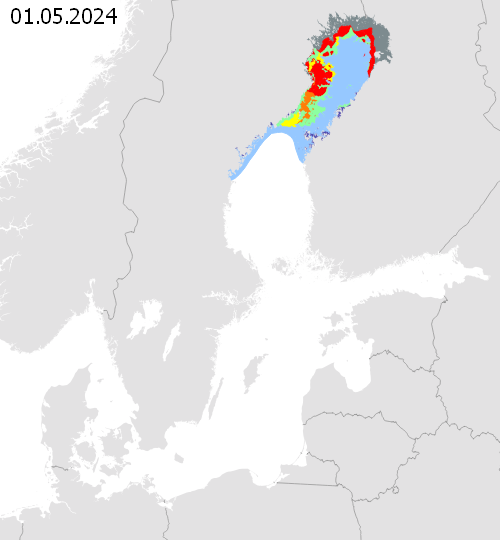
05.12.2025
In the northern Bay of Bothnia, there is thin ice along the coast. In the southern Bay of Bothnia, the Quark and the northern Bothnian Sea, there is thin ice in some sheltered places along the coast.
News and dates
- The ice winter of 2019/20 on the German coasts and the entire Baltic Sea region.
- Eiswinter 2019/20 an den deutschen Küsten und im gesamten Ostseeraum.
- Archive »
- Images »
Ice Information
BSIC
© 2020 Baltic Sea Ice Services - Marina Kirchhoff (BSH Rostock/Germany)
Bundesamt für Seeschifffahrt und Hydrographie (BSH)
Bundesamt für Seeschifffahrt und Hydrographie (BSH)
